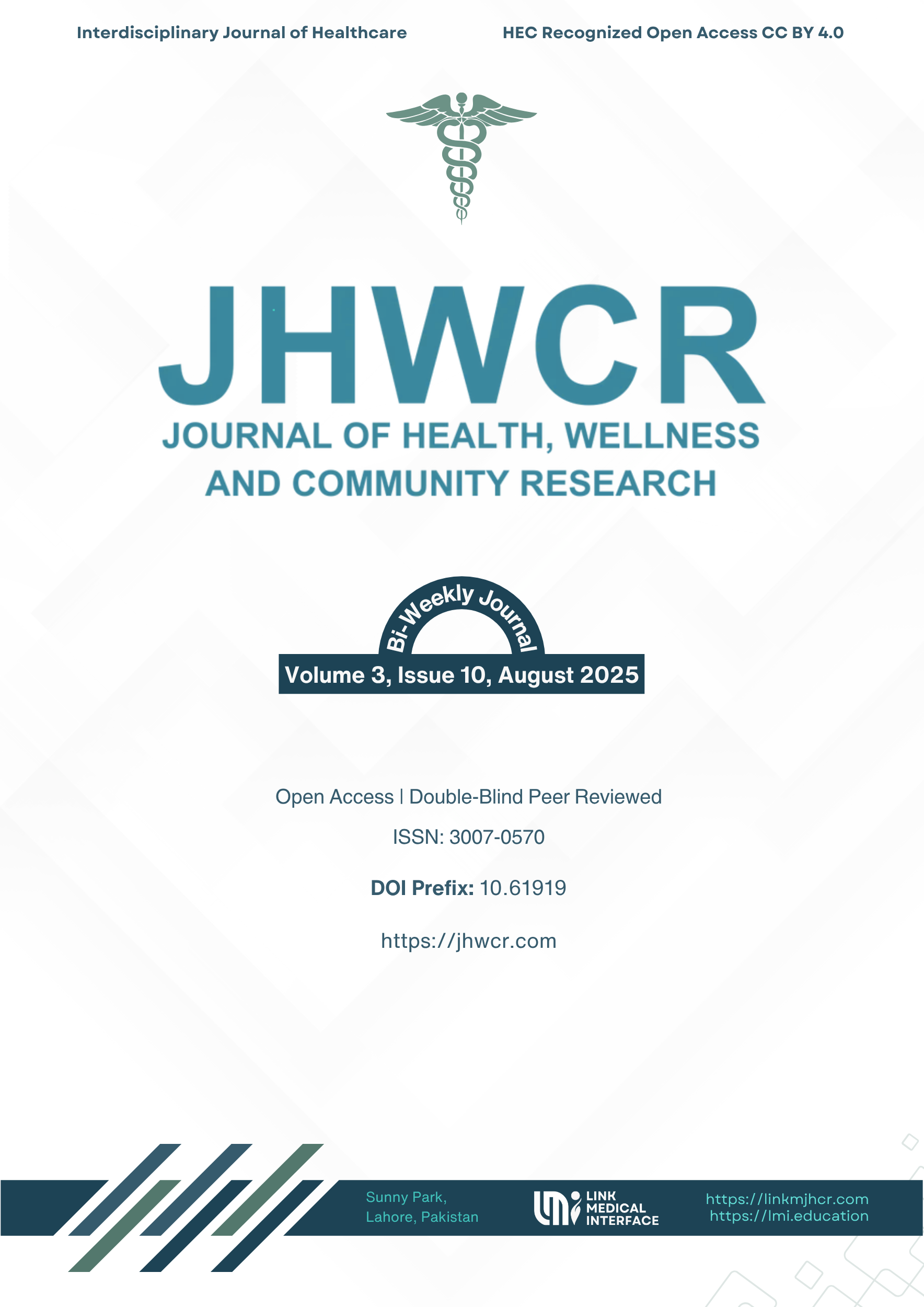Comparison of Efficacy of Mini Percutaneous Nephrolithotomy and Extracorporeal Shockwave Lithotripsy for Kidney Stones in Children
DOI:
https://doi.org/10.61919/9ftmht22Keywords:
Pediatric nephrolithiasis, kidney stones, extracorporeal shockwave lithotripsy, mini percutaneous nephrolithotomy, stone-free rateAbstract
Background: Pediatric nephrolithiasis, once rare, has shown a significant global rise in incidence over recent decades, presenting unique diagnostic and therapeutic challenges. Among treatment options for renal stones measuring 10–20 mm, extracorporeal shockwave lithotripsy (ESWL) is often favored for its non-invasiveness, yet it frequently results in lower stone-free rates (SFR) and a higher need for retreatment. Mini percutaneous nephrolithotomy (mPCNL), a minimally invasive surgical technique, has emerged as an alternative with higher clearance rates, though it involves greater procedural complexity. Comparative data on the efficacy of these two modalities in children remain limited. Objective: To compare the effectiveness of ESWL and mPCNL in achieving complete stone clearance in pediatric patients with renal calculi measuring 10–20 mm at one-month follow-up. Methods: A randomized controlled trial was conducted at the Department of Urology, Sandeman Provincial Hospital Quetta, from January 2023 to January 2024. A total of 120 pediatric patients were randomly assigned to undergo either ESWL or mPCNL. Stone-free status was assessed using non-contrast CT KUB one month post-procedure. Data on demographic characteristics, stone size and location, and treatment efficacy were collected and analyzed using chi-square and t-tests with a significance level of p < 0.05. Results: Baseline characteristics including age, gender, and stone size were comparable between groups (p > 0.05). Complete stone clearance was significantly higher in the mPCNL group (93.33%) than in the ESWL group (70.00%) (p = 0.042). Subgroup analysis revealed marked variability in ESWL efficacy by stone location, with the lowest clearance for lower pole stones (42.86%), whereas mPCNL achieved consistently high clearance rates (100% across most locations). Conclusion: mPCNL is significantly more effective than ESWL for treating pediatric renal stones measuring 10–20 mm, achieving higher stone-free rates regardless of stone location. ESWL remains a valuable non-invasive option but is less effective for lower pole stones due to anatomical constraints. These findings support mPCNL as a preferred first-line treatment, particularly when rapid, single-session clearance is desired.
Downloads
Published
Issue
Section
License
Copyright (c) 2025 Asadullah, Muhammad Musa Kakar, Asadullah (Author)

This work is licensed under a Creative Commons Attribution 4.0 International License.


